

About Uterine Cancer
One of the most frequent cancers to affect the female reproductive system is uterine cancer. Regular healthy cells in the uterus alter and develop out of control to form a mass known as a tumor, which is how uterine cancer starts.
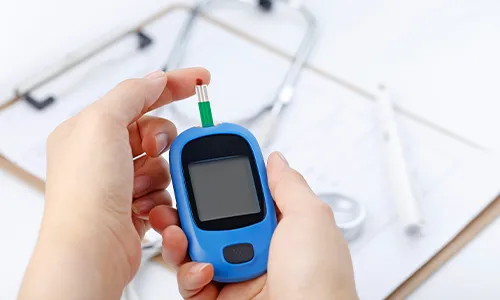

Risk Factors & Prevention
Most cases of uterine cancer happen after age 50. 60 is the typical age at diagnosis. Younger than 45-year-olds rarely have uterine cancer.
Depending on the individual age different risk factors apply:
- Obesity
- Family history
- Not bearing children
- Type 2 diabetes
- Exposure to Radiation therapy
- Exposure to estrogen
- Unhealthy diet
How it can be prevented?
- Birth control pills
- Maintain a healthy weight
- Regular monitoring of blood glucose levels
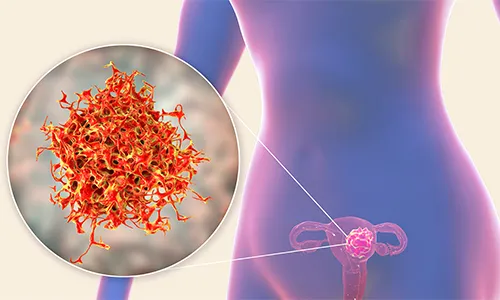

Screening
Screening exams for uterine cancer help detect cancer at an early Stage. The likelihood of successful treatment is increased by early diagnosis.
- Transvaginal ultrasound


Symptoms & Signs
- Unusual bleeding, spots, or discharge from the vagina.
- Menorrhagia, excessively heavy or persistent bleeding, or abnormal uterine bleeding for premenopausal women (AUB).
- Abnormal Pap test results.
- Suffering from pelvic pain.
- Bowel or urine issues.
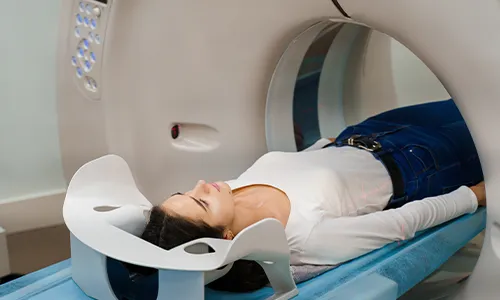

Diagnosis
Uterine cancer diagnostic tests determine whether you have the disease and how aggressive it may be.
Tools and tests that are used to diagnose uterine cancer include:
- Pelvic examination/ clinical examination
- MRI Pelvis
- CT Scan chest + abdomen
- PET scan
- Transvaginal Ultrasound
- Dilation and curettage (D&C)
- Endometrial biopsy
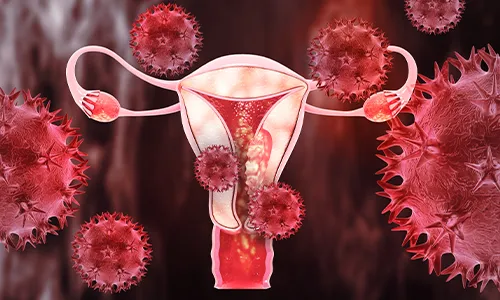

Sub-Types and Stages
a. Adenocarcinoma
b. Sarcoma
- Uterine leiomyosarcoma (LMS)
- Endometrial stromal sarcoma (ESS)
c. Undifferentiated sarcoma
Stages
Stage 1:
Cancer has not spread outside of the uterus or womb and is only present there.
Stage 2:
The tumor has only reached the cervical stroma and has not yet reached other body sites, having originated in the uterus.
Stage 3:
The cancer is still contained in the pelvic region, but it has spread outside of the uterus.
Stage 4:
Cancer has spread to distant organs, the rectum, the bladder, or both.
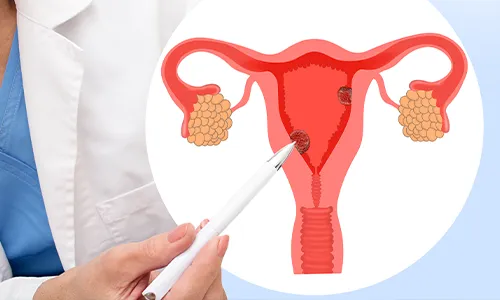

Treatment Modalities
a. Surgical Oncology
Surgery is frequently the first course of action for uterine cancer.
The following are typical uterine cancer surgery procedures:
- Hysterectomy, removal of the uterus and cervix.
- Lymph node removal, removal of lymph nodes.
b. Medical Oncology
- Chemotherapy- Chemotherapy kills cancer cells by using chemicals. One chemotherapy medicine may be administered, or two or more drugs may be combined.
- Targeted Therapy- For the treatment of advanced endometrial cancer, targeted medication therapy is frequently used in conjunction with chemotherapy.
- Immunotherapy- A medicinal therapy called immunotherapy supports the immune system’s ability to fight cancer. If the cancer is advanced and other treatments have failed for endometrial cancer, immunotherapy may be tried.
- Hormone therapy- If ovarian cancer has spread outside of the uterus and is advanced, hormone therapy may be a possibility. It entails using medicine to reduce the body’s hormone levels.
- In some very early stages of uterine cancer where uterus can be preserved for fertility, hormonal therapy can be used.
- To kill cancer cells, radiation therapy employs powerful energy beams like protons and X-rays. Radiation from a machine outside of your body or radiation implanted inside of your body can both be used in radiation therapy.


Coping with Treatment
Along with the medical side effects of uterine cancer therapy, patients also deal with the financial burden of cancer care and the emotional and social impacts. Talking to a counselor, or family member can help them to cope with treatment. MOC provides facility of psycho Onco-Counseling and Nutritional counseling to help patients.


Do’s & Don’ts During Treatment
Do’s
- Maintain a healthy weight
- Consume whole grains
- Consume plant-based proteins
Don’ts
- Avoid processed and red meat
- Reduce salt and sugar intake
- Avoid alcohol
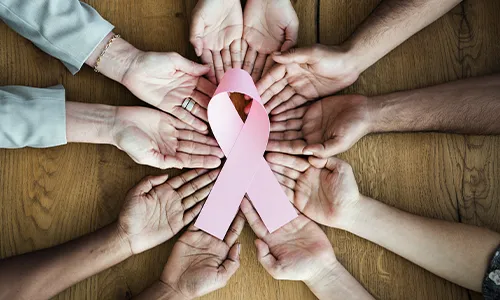

Post-Treatment Support
Post-treatment uterine cancer survivors can go through long-term side effects of surgery, radiation therapy, chemotherapy, and hormonal therapy. They can also have symptoms such as feeling tired (fatigue), nausea and vomiting, loose stools or diarrhea, bladder irritation, skin changes, and low blood counts. Survivors require empathy, mental strength, and support from their families, they can also join Uterine cancer Post-Treatment Survivorship Support Groups.


Follow-ups Cancer Care Plan
Post-treatment one must request a follow-up treatment plan. Doctors provide a personalized treatment plan based on the type and stage of cancer.


Surveillance and monitoring for Signs & Symptoms of Recurrence
One aim of follow-up care is checking for a recurrence. One should never miss follow-up visits and never ignore any symptoms of recurrence. Because some cancer cells may remain undiscovered in the body in small locations that don’t respond to treatment, cancer can reoccur. A physician who is knowledgeable about your medical history can provide you with personalized information regarding your risk of recurrence during follow-up care.
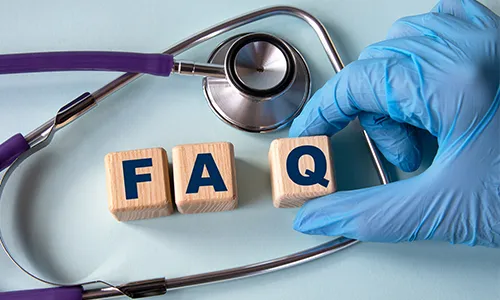

FAQ’s
-
What can one anticipate after a hysterectomy?
Life is nearly normal after hysterectomy. However there could be some immediate post-operative complications in very few cases.
-
How does the body respond to uterine cancer?
Frequent urination, pain during sex, and pain when urinating ongoing cramping or discomfort in the pelvic region unusual weight loss, or anemia.
-
How likely is it to get pregnant after uterine cancer?
Depending on the course of therapy, if hysterectomy is done, one cannot get pregnant. However for early stages, there are uterus preserving treatments available after which a patient can consider pregnancy.
Specialized Doctors at M | O | C
Find the nearest center
Cancer Centres
Mumbai
Pune
Rest of Maharashtra
Gujarat
Delhi NCR
Cancer Clinics
Borivali
+91 9920767626
Book Your Appointment







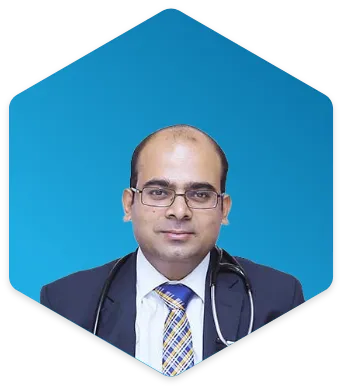



















.png)









.png)




















.png)
.png)



